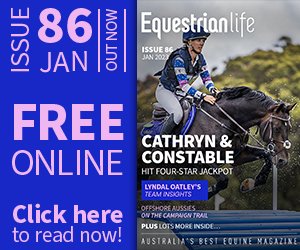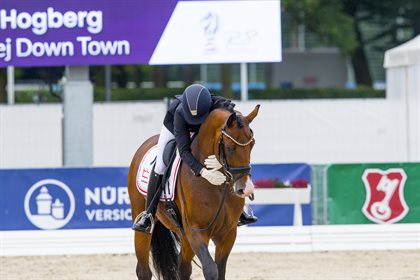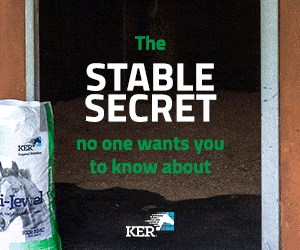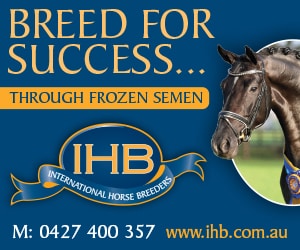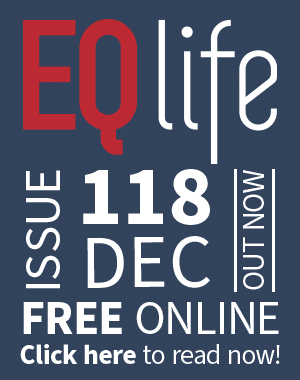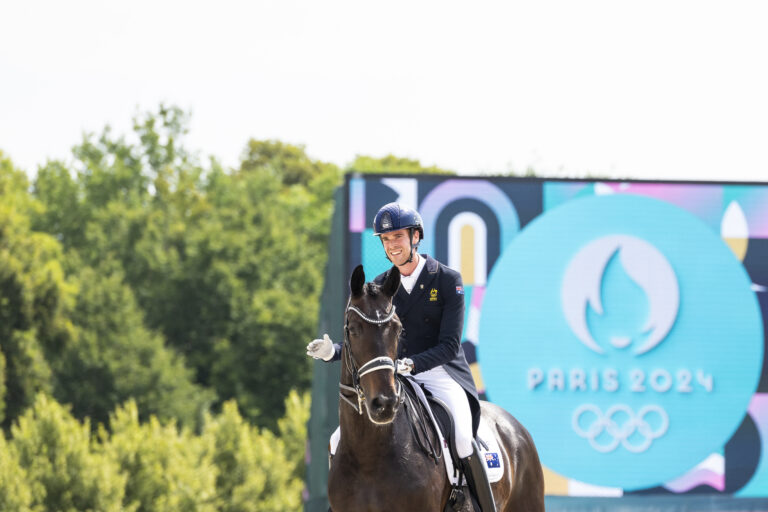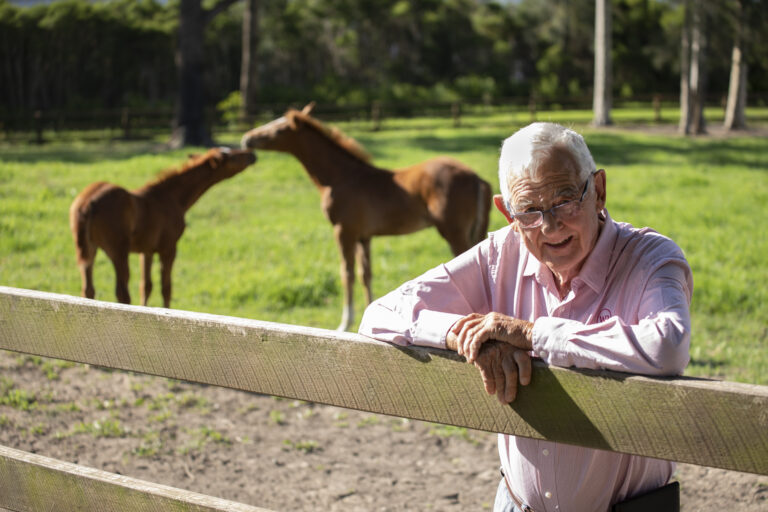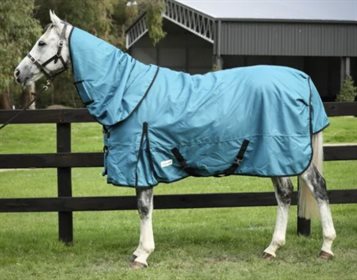This article first appeared in the October 2021 digital edition of Equestrian Life. To see what’s in the current issue, click here.
Reward more!
© FEI/Leanjo de Koster
Ask less, reward more
By Dr Kerry Mack
There are some wise sayings underlying training that every now and again I like to remember. One of them is “Ask less, reward more”. This reminds us that our horses, like us, learn from the reward, or the release of pressure. The more often we reward, the faster they learn and the more likely they are to try to do what we ask.
Ask less means asking for what you want in little steps, and then rewarding each step. We call this “shaping behaviour”. It is the frequent rewards that will encourage your horse to join your team, to want to do what you want to do. One of the nicest things that happens as you train your horse is when they start to anticipate what you want and offer it before you ask; when they have the tiniest suggestion that, for example, you want to go from trot to walk and before you have really asked, the horse offers it. He may have discerned the change in your core muscles before you have used the big aids of the reins.
A reward might be an instant softening in your fingers, not always a giving away the contact. He will feel you relax you fingers. A reward might be a loosening of the contact, or taking away the leg or the whip. A reward might be a few steps where you just allow him to bowl along without any pressure, or a few steps in forward seat. A reward might be a scratch on the wither. A reward might be a walk or halt break (but try to do a nice transition down). A reward might be a treat. Or if he does something really good, you might get off and put him away for the day.
To get to the higher levels of any discipline, we make progress step by step. Heath Ryan says “millimetre by millimetre”. Ask less means thinking about the smallest steps towards what you want and starting there. For example, if you want to do some gymnastic jumping, start with your grid as rails on the ground, then cross rails, and slowly build upon it as he understands the task and builds confidence. Jumping riders understand that if the horse makes a mistake or stops at something, the trainer should lower the fence so the horse can be confident, and then build it up, step by step…
Read the full article in the October 2021 issue of Equestrian Life magazine here.
